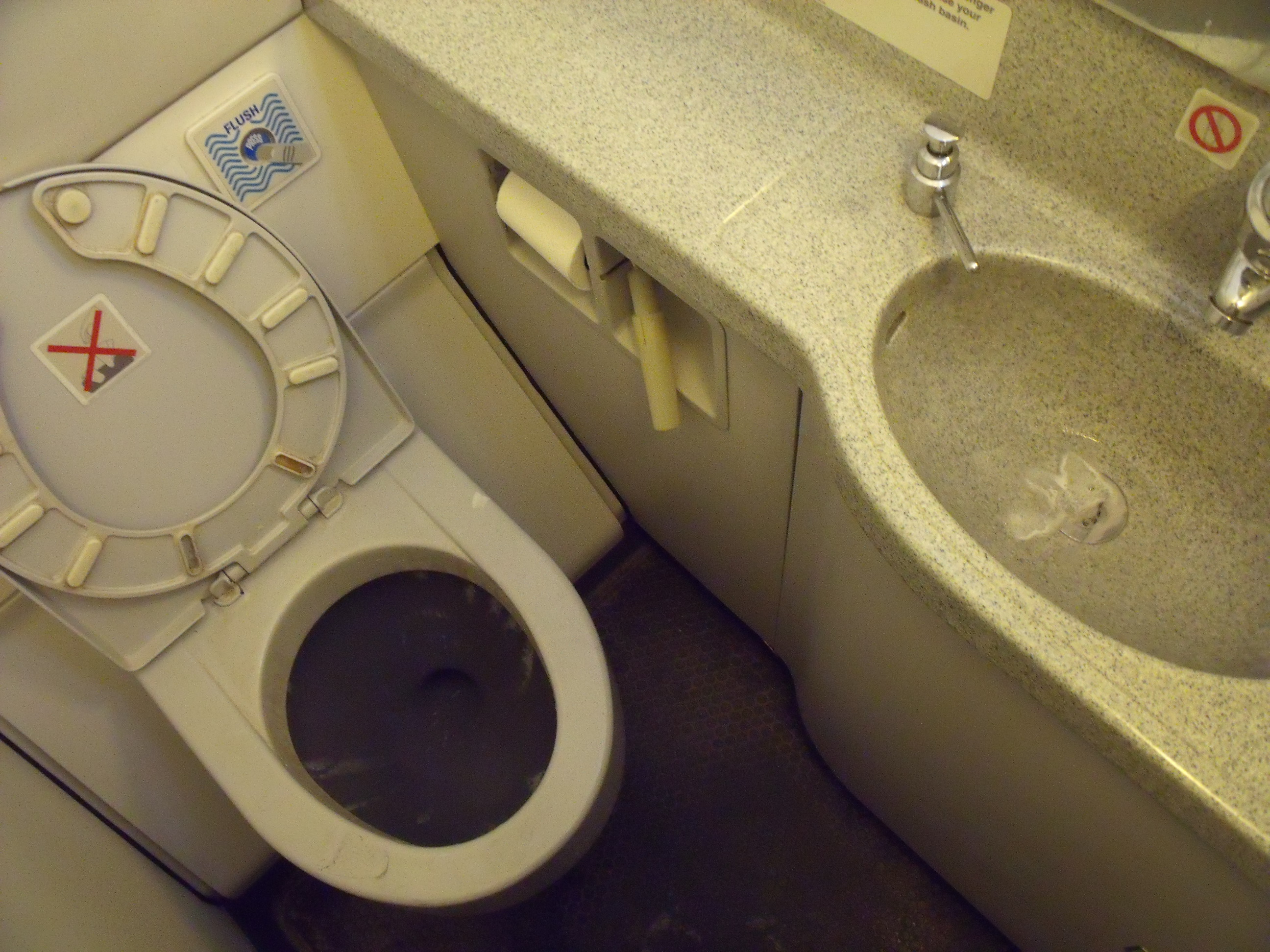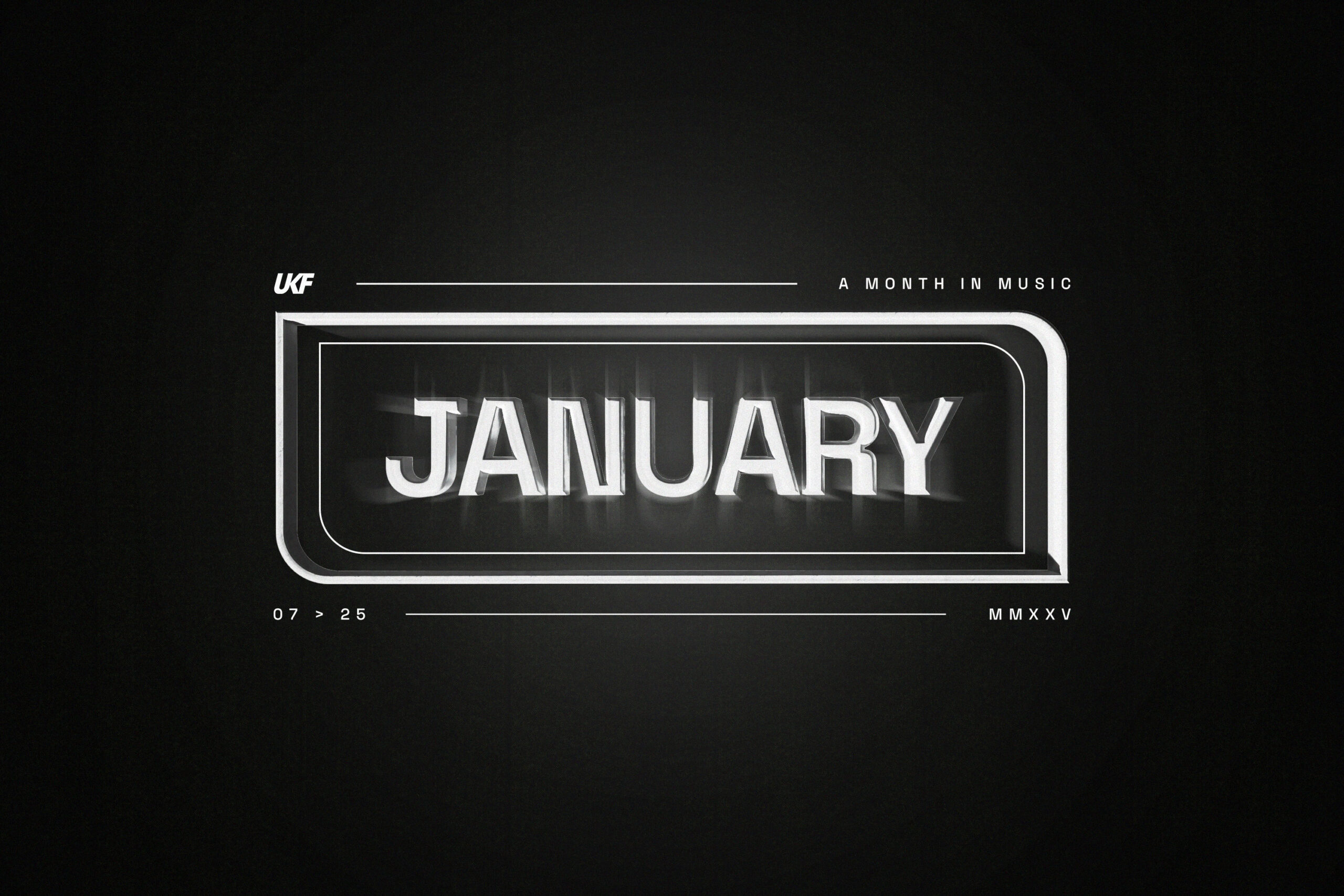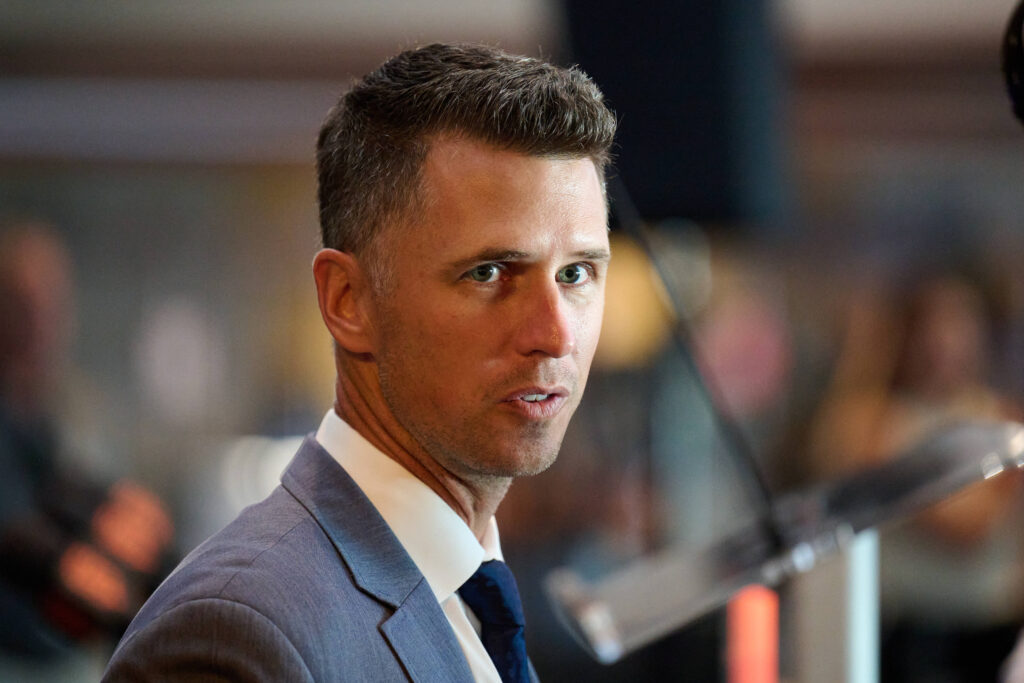NFL has been testing optical-tracking technology for first-down measurements
In the aftermath of the latest example of the NFL's imperfections when it comes to determining whether the football got to where the offense needed it to go, it's not time for excuses as to why the league hasn't gotten there yet.

In the aftermath of the latest example of the NFL’s imperfections when it comes to determining whether the football got to where the offense needed it to go, it's not time for excuses as to why the league hasn't gotten there yet. It's time for clear resolve to get there.
The good news is that the league has been testing a solution. The bad news (for the Bills last night, and for anyone who wants the game to not be left to the errors of human eyesight) is that the league has yet to find a solution that can replace no-tech with high-tech.
Last March, NFL chief football administrative officer Dawn Aponte told Joe Lemire of Sports Business Journal that the league is testing optical tracking technology that "can supplement or replace the first-down chains and officiating decisions currently judged by the human eye."
It's a camera-based system that can be applied to a variety of topics, including "determining whether passes and laterals are forward or backward, where punts cross out of bounds along the side and whether a quarterback is in or out of the pocket" on potential intentional grounding calls.
“Line to gain is probably the one that we're closest to implementing, and the way that we test it is that we have all the actual data that will then support what we’re getting from the optical tracking data that's being brought in," Aponte said.
It's different from, but also similar to, the boundary camera system that the NFL has been adding to the various stadiums.
Aponte explained that one specific challenge for the NFL relates to the shape of the ball.
"We've got our computer vision experts working with the technology side of it," Aponte said. "And I think in our sport, it's been probably more difficult that and others, whether it's tennis or soccer where the ball is round, and the [occlusion] has been a bit of a challenge for us. But we have definitely progressed in that area in terms of seeing it supporting the decisions that we are making."
That's good. But it's still not good enough. It needs to be a top priority. Until a technology-driven system is deployed, any game — every game — can be decided based on the current eyes-to-brain-to-vocal-cords system that is far from perfect.
I won't pretend to know the niceties of the technical capacities and impediments to making it happen. But I know this: The NFL has the resources to figure it out. The question is whether it has the incentive. Until everyone is demanding change, the incentive won't be strong enough to get it done yesterday.
Literally.


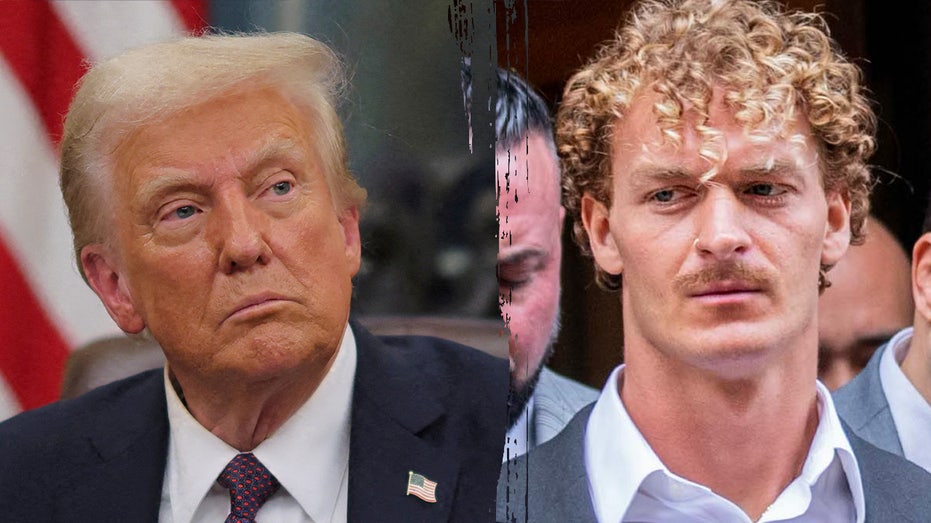



















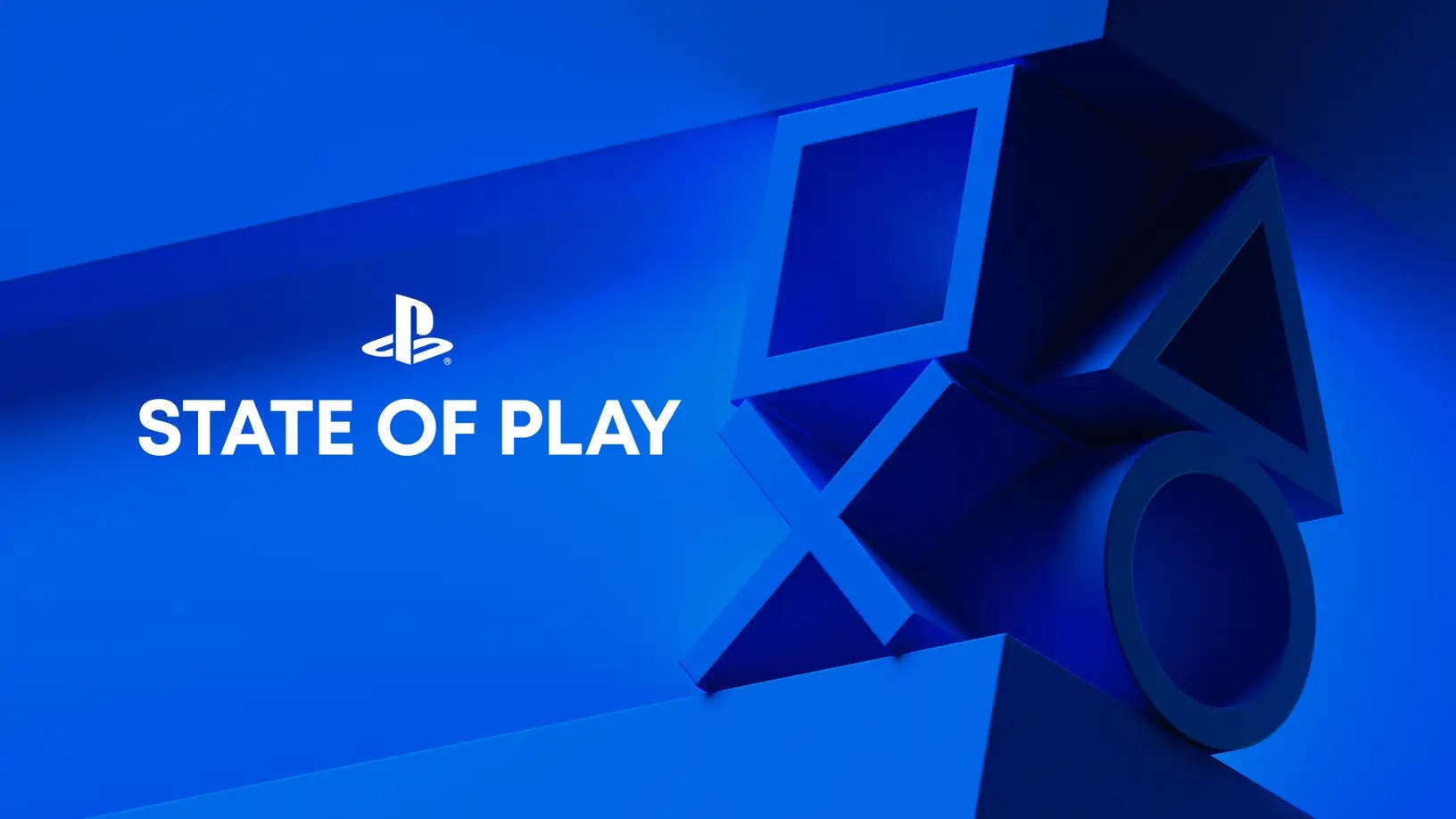
.jpg?width=1920&height=1920&fit=bounds&quality=80&format=jpg&auto=webp#)
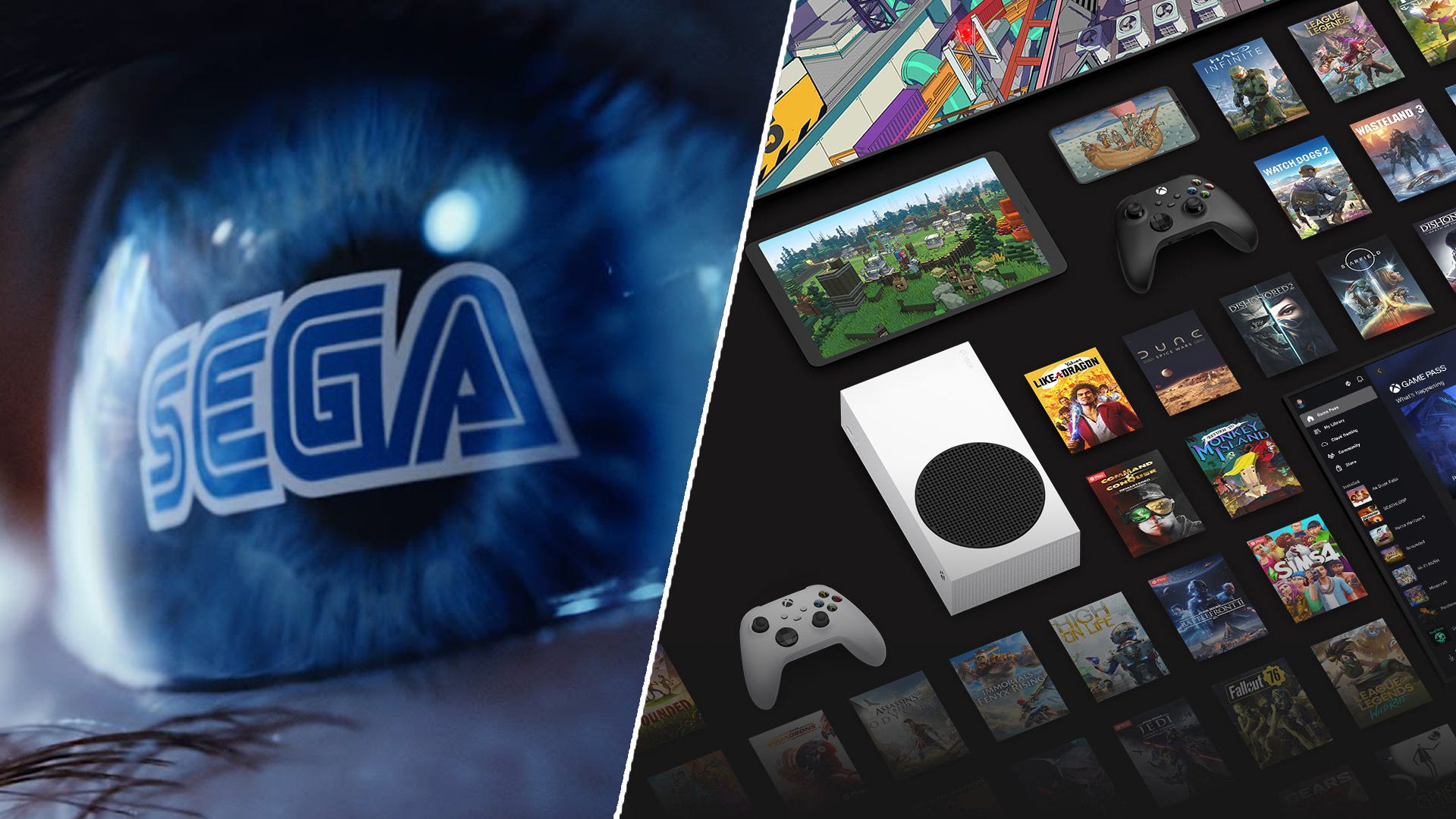












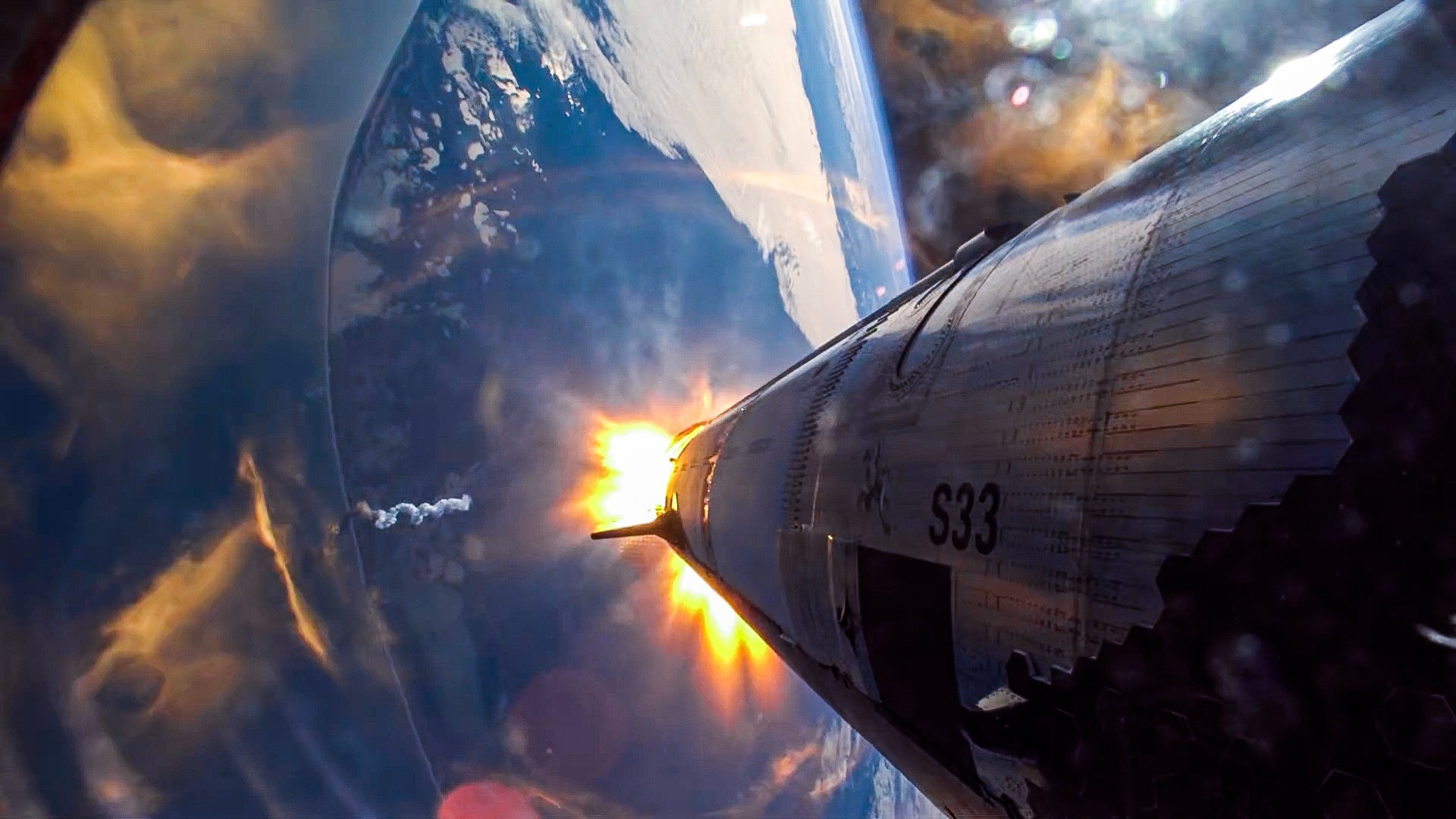
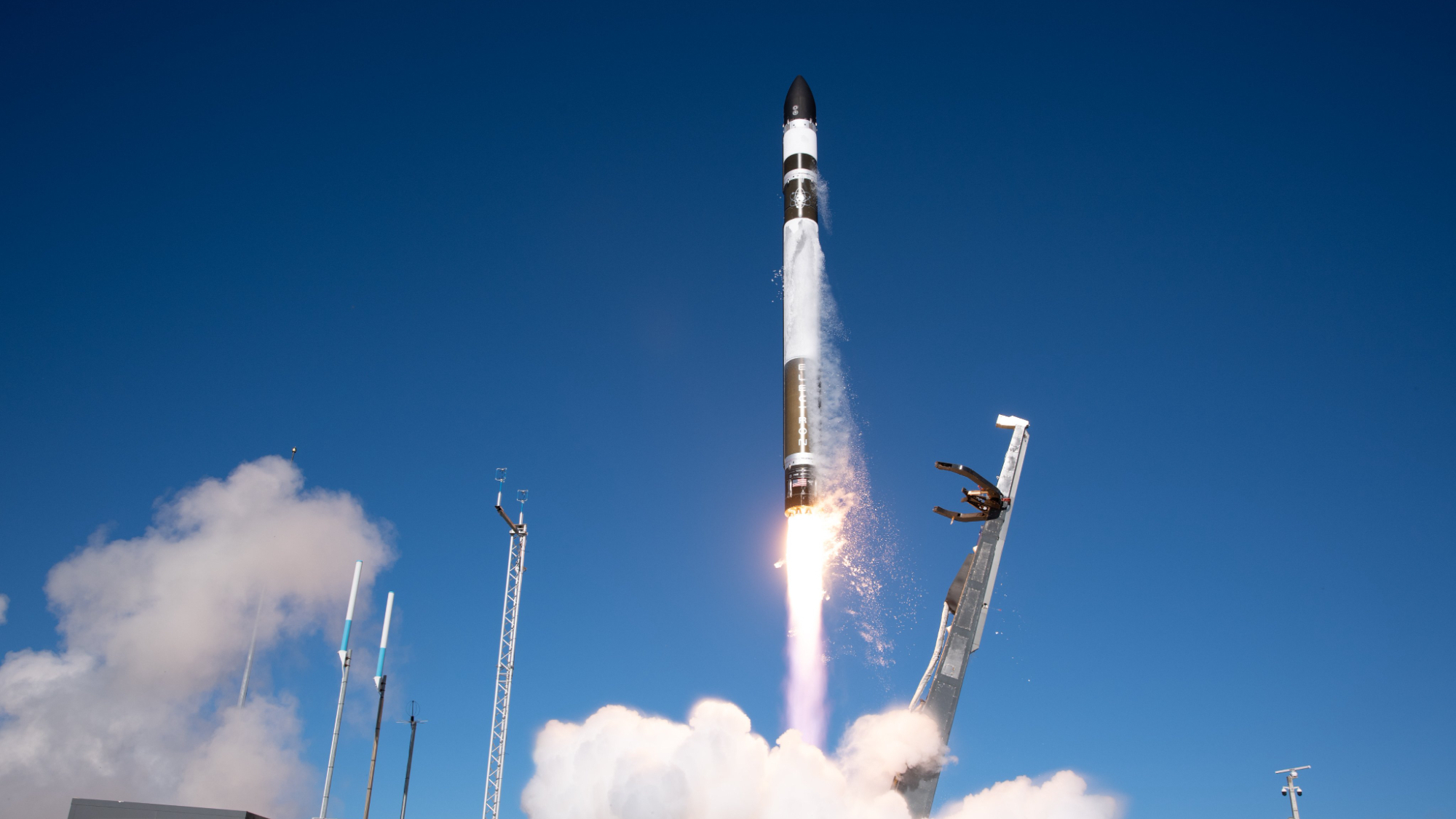





![Gay Catholic United Flight Attendant Axed After ‘Sex Is Unchangeable’ Remark—Raises Enough Money To Sue [Roundup]](https://viewfromthewing.com/wp-content/uploads/2025/02/DALL·E-2025-02-03-08.46.00-A-high-contrast-digital-montage-combining-aviation-Catholic-symbolism-and-legal-imagery___-Central-figure_-A-stern-looking-male-flight-attendant-in.webp?#)
